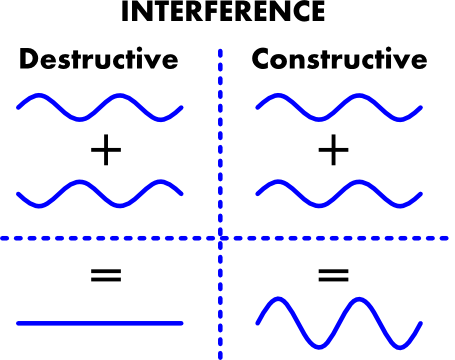The voltage data output from the synthesizer reflects the sound wave it produces; this is how sound is transferred through electronics. I was initially curious as to how the Sub Phatty's different wave forms impact the sound waves it produces. The waveshapes available are controlled by this knob:
Moog describes them, starting from the bottom left and going clockwise, as triangle, sawtooth, square, and narrow pulse waves. I decided to arbitrarily number each of the lines around the wave knob, starting from one and going to eleven in the same clockwise order. In analyzing the sound produced by the different waveforms, I wanted to assess purity. In order to quantify "purity," I measured how well each wave is fit by a sine wave curve fit. I determined this by calculating the sine fit correlation.
The following table shows the wave number and the value of its sine fit correlation (with the bold numbers representing the waveforms named in the Moog's manual):
| Wave Number: | Sine Fit Correlation: |
| 1 | 0.9966 |
| 2 | 0.9937 |
| 3 | 0.9555 |
| 4 | 0.8839 |
| 5 | 0.8168 |
| 6 | 0.7608 |
| 7 | 0.8669 |
| 8 | 0.9122 |
| 9 | 0.8201 |
| 10 | 0.5641 |
| 11 | 0.3595 |
What was initially interesting is how pure the "triangle" wave is. While I was not surprised by the sine fit correlation of .9966 given how pure the tone sounded to me, it is interesting that it is named a triangle wave when it seems to essentially be a sine wave.
Another interesting observation is that there is not a real correlation or trend between the wave number and its sine fit correlation as I had hoped for. However, this table provides a sense of how "gritty" or impure each of the Sub Phatty's waveforms are, which can be useful in sound design. For a harsher tone, it is best to select one of the waves with a lower correlation. Hopefully this table can serve as a reference point.


